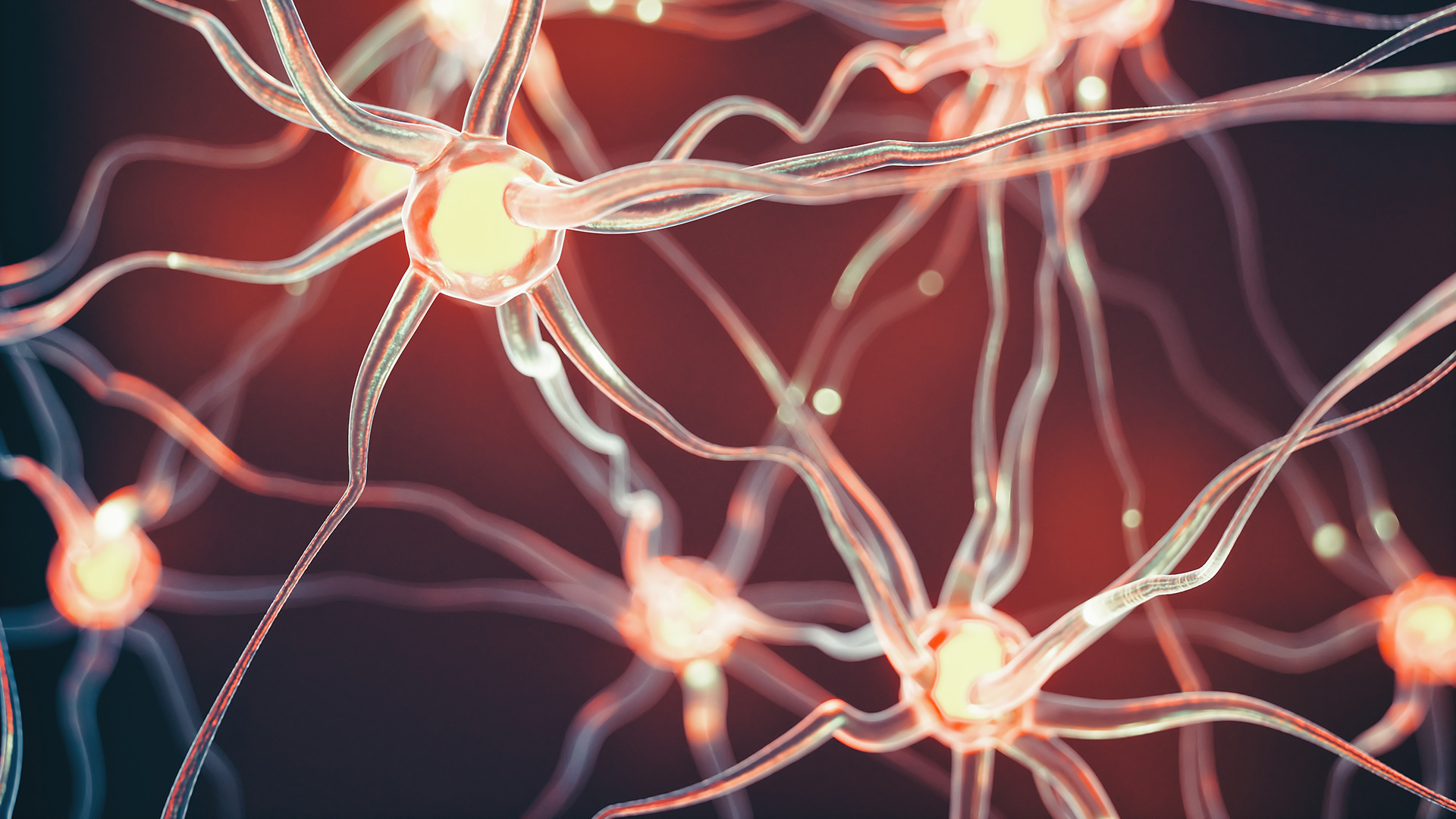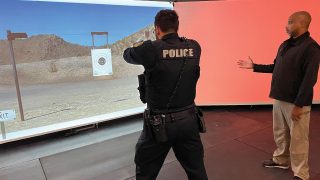
Implicit bias training is not a new nor a progressive agenda in policing — rather, it has been a topic among industry leaders and a key component of 21st-century policing established prior to the current pressure of a society calling for reform. Regardless of the industry-wide acceptance of need, not all agencies have been quick — or able — to embrace it. Unfortunately, increased scrutiny on imbalances in police training has caused straggler agencies to finally accept the need, only to find themselves in a scramble to meet minimum standards with minimal funding and dwindling staff.
Minimum training gets minimum results
According to IADLEST spokesman Dr. James Copple, implicit bias training is more important for the development of effective policing in a community-supported environment than tactical training. It provides critical skills for what comprises the vast majority of daily interactions. Any component in a law enforcement training program carrying this magnitude of significance deserves full attention, careful assessment and serious implementation.
Bias is a necessary-by-design component of the body’s physiological response to threat. “If you have a brain, you have bias,” explained Dr. Kamila Sip, senior director of science at the NeuroLeadership Institute, during a recent webinar series on the Neuroscience of De-Escalation. This simple statement is presented as a harsh reality, approached with care so as not to offend anyone in the audience who might incorrectly confuse bias with racism. Unlike racism, though, structures of cognitive bias that exist within all humans are actually supposed to be there. Well-defined, irrefutable, helpful, adaptive and applicable in every aspect of our lives, biases exist within our species — in part — to keep us alive and thriving.
Sometimes, though, biases can work against us. They can go rogue, becoming quite unhelpful and negatively impacting our perceptions and actions. With the existence of unruly subconscious elements coded into the design of our humanity, how can we possibly train to overcome them?
Well-defined, irrefutable, helpful, adaptive and applicable in every aspect of our lives, biases exist within our species — in part — to keep us alive and thriving.
The answer — like bias— is in the brain
Neuroscience tells us there are 150 cognitive biases based on underlying biological components[1]Lieberman, M., Rock, D., Halvorson, H., and Cox, C. (2016). Breaking Bias Updated: The SEEDS Model®. NeuroLeadership Journal, v6. that can be placed into categories for easy understanding and application. Once a person learns how to recognize and compartmentalize those biological signals, trainees can learn to mitigate implicit bias and ensure inappropriate and dangerous bias-driven behavior is minimized. To achieve advanced cognitive processing, follow these three steps in training implementation:
- Accept. Understanding that we all have implicit bias — that we are not to blame but are nonetheless responsible for the impact our implicit biases may have — is the critical first step in safeguarding against biased decision making. One of the key steps toward acceptance is in the understanding of why this training is needed. Research shows that to have the motivation to learn new knowledge, adult learners must value the instruction and find it applicable in their own view of the world.[2]Wlodkowski, R.J. and Ginsberg, M.B., 2017. Enhancing adult motivation to learn: A comprehensive guide for teaching all adults. John Wiley & Sons. Leaders, take note! Convey the need for implicit bias training responsibly and with positive intent.
- Label. The process of labeling bias takes training a step further, and like other modalities, this process must be scientifically approached if it is going to stick. Calling out the behavior — especially when in a rapid response situation — requires 1) an easy model to help the trainee quickly categorize the bias that they recognize,[3]Lieberman, M., Rock, D., Halvorson, H., and Cox, C. (2016). Breaking Bias Updated: The SEEDS Model®. NeuroLeadership Journal, v6. and 2) psychological safety with teams engaging together in the training space.[4]Edmondson, A.C., 2018. The fearless organization: Creating psychological safety in the workplace for learning, innovation, and growth. John Wiley & Sons. Labeling biases can feel like an admission of guilt, even though the early development of that bias may not be our fault. There can be no judgment among teams seeking to improve, and that takes a supportive culture within the agency that is receptive to what can, at times, be an uncomfortable path to growth.
- Mitigate. Strategies that teach officers how to check their biases in the moment and continually self-monitor are critical in order to become a behavior-modifying process. This requires a learning function called generation — the act of creating a personal connection to the information.[5]Davis, J., Balda, M., Rock, D., McGinniss, P., and Davachi, L., 2014. The Science of Making Learning Stick: An Update to the AGES Model, NeuroLeadership Journal, v5. One promising approach is using force option simulation to allow trainees to interact with a diverse group of people in a wide range of police–citizen encounters. Actively practicing the skills of recognizing and countering biases is critical for safeguarding against biased policing on the street.[6]James, L., Fridell, L. and Straub, F., 2016. Implicit bias versus the “Ferguson Effect”: Psychosocial factors impacting officers’ decisions to use deadly force. The Police Chief, 83, pp.44-51.
Officers who understand brain bias are better equipped to recognize it — but awareness only becomes behavior change when they train their brains to overcome it.
The majority of implicit bias training stops at awareness when the material is delivered in a direct instruction (sit-and-get) method. Being aware of and accepting the existence of bias is necessary, but awareness is not enough to ensure that bias no longer subconsciously influences behavior. A recent, comprehensive, empirical evaluation of direct instruction methods used by NYPD revealed the uncomfortable reality that awareness-only methods may be fine for implementation but fall short when it comes to results. Reported reasons for the failure in behavioral change include not understanding or recalling how to implement and not believing their efforts would be
effective.
For knowledge to stick, the learning environment must be conducive to growth, and the curriculum must be built upon an academically sound framework of educational/behavioral theory and cognitive neuroscience. The training must be facilitated by an experienced educator and be engaging enough to trigger the emotional response required for deep cognitive processing. As agencies approach reform efforts and make attempts to provide a well-trained team of professionals who are trusted within their communities, counter-bias training that meets all of these criteria must be incorporated.
As seen in the March 2021 issue of American Police Beat magazine.
Don’t miss out on another issue today! Click below:
References
| 1, 3 | Lieberman, M., Rock, D., Halvorson, H., and Cox, C. (2016). Breaking Bias Updated: The SEEDS Model®. NeuroLeadership Journal, v6. |
|---|---|
| 2 | Wlodkowski, R.J. and Ginsberg, M.B., 2017. Enhancing adult motivation to learn: A comprehensive guide for teaching all adults. John Wiley & Sons. |
| 4 | Edmondson, A.C., 2018. The fearless organization: Creating psychological safety in the workplace for learning, innovation, and growth. John Wiley & Sons. |
| 5 | Davis, J., Balda, M., Rock, D., McGinniss, P., and Davachi, L., 2014. The Science of Making Learning Stick: An Update to the AGES Model, NeuroLeadership Journal, v5. |
| 6 | James, L., Fridell, L. and Straub, F., 2016. Implicit bias versus the “Ferguson Effect”: Psychosocial factors impacting officers’ decisions to use deadly force. The Police Chief, 83, pp.44-51. |





